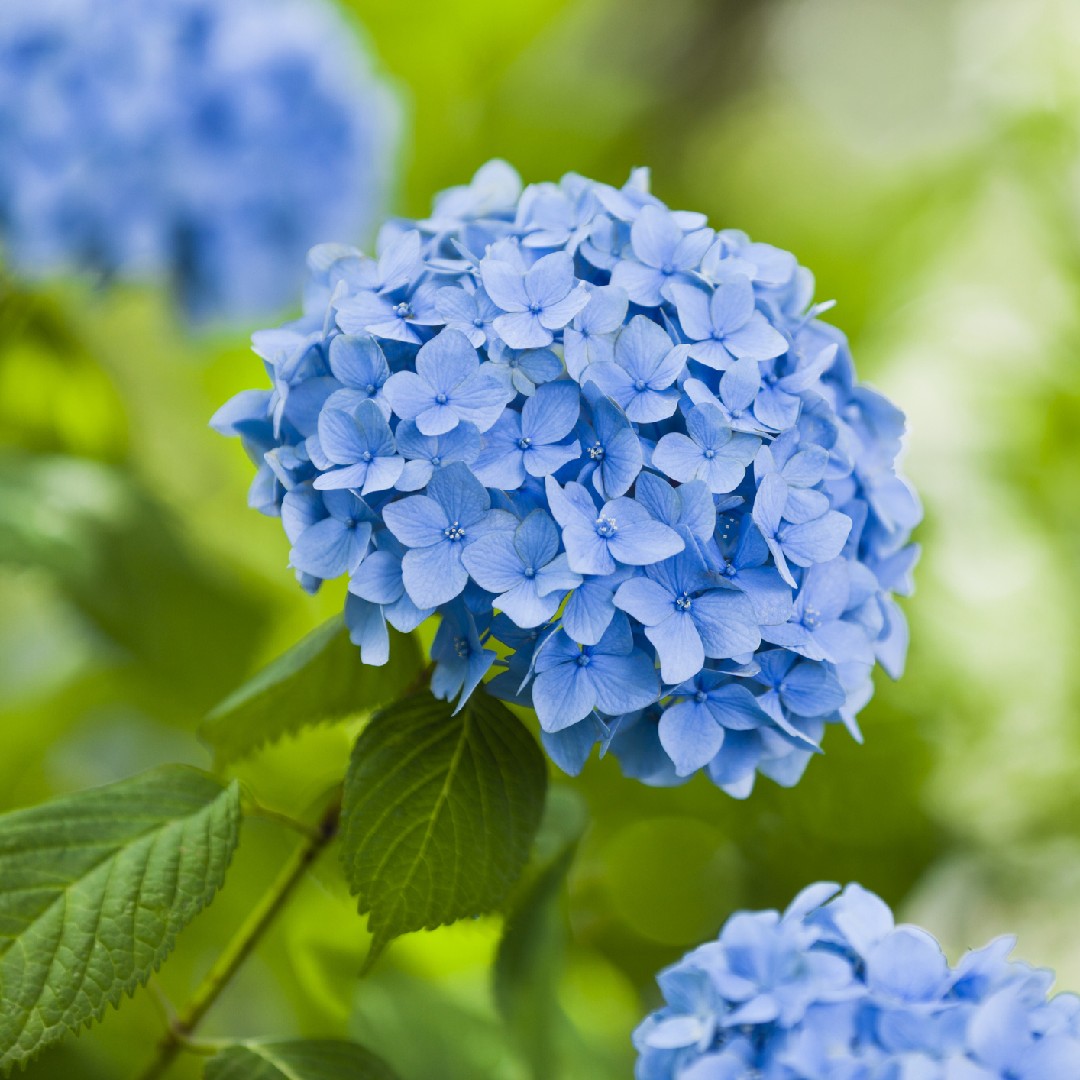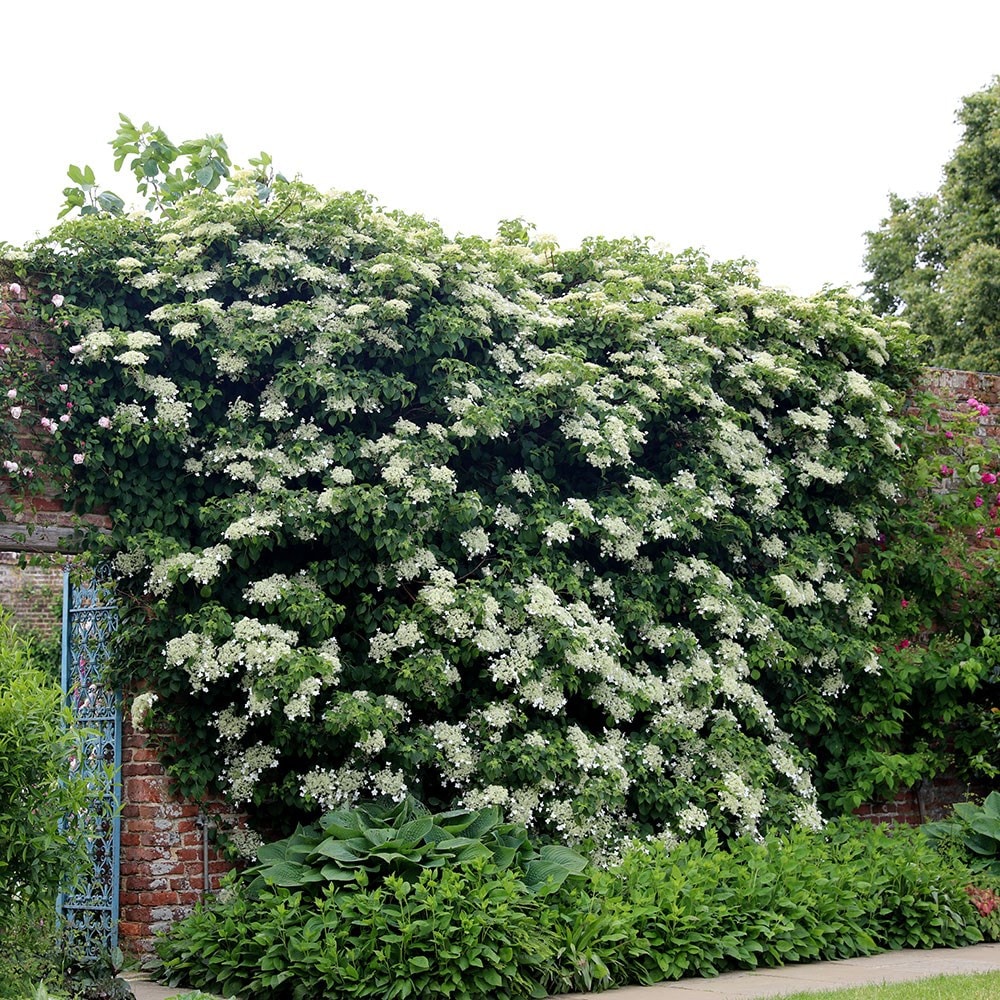Hydrangea Flowers: The Ultimate Guide To Growing And Caring For These Beautiful Blooms
Hydrangea Flowers: The Ultimate Guide to Growing and Caring for These Beautiful Blooms
Hydrangeas are some of the most popular flowering shrubs in the world, known for their large, showy blooms that come in a variety of colors. They are relatively easy to grow and care for, making them a great choice for both experienced and novice gardeners.
In this blog post, we will provide you with an ultimate guide to growing and caring for hydrangeas. We will cover everything from choosing the right location to planting and pruning, as well as tips on how to get the most beautiful blooms.
Choosing the Right Location
The first step to growing hydrangeas is choosing the right location. Hydrangeas prefer full sun to partial shade, but they can tolerate a wide range of lighting conditions. They also need well-drained soil that is rich in organic matter. If your soil is sandy or clayey, you will need to amend it with compost or other organic matter.
Planting Hydrangeas
Once you have chosen the right location, you can plant your hydrangeas. The best time to plant hydrangeas is in the spring or fall. When planting, dig a hole that is twice as wide as the root ball of the hydrangea. Backfill the hole with the amended soil, making sure to firm it down well. Water the hydrangea thoroughly after planting.
Pruning Hydrangeas
Hydrangeas do not need to be pruned heavily, but they should be pruned annually to maintain their shape and encourage new growth. You can prune hydrangeas in the spring or fall. When pruning, remove any dead, diseased, or damaged branches. You can also thin out the branches to improve air circulation and reduce the risk of pests and diseases.
Fertilizing Hydrangeas
Hydrangeas should be fertilized once a year in the spring. Use a balanced fertilizer that is specifically formulated for hydrangeas. You can also add compost or other organic matter to the soil around your hydrangeas to help improve their health and flowering.
Watering Hydrangeas
Hydrangeas need regular watering, especially during the first year after planting. Water your hydrangeas deeply once a week, or more often if the weather is hot and dry. You can also help to conserve water by mulching around your hydrangeas.
Protecting Hydrangeas from the Winter
In colder climates, hydrangeas may need to be protected from the winter weather. If you live in an area with cold winters, you can wrap your hydrangeas in burlap or other protective material. You may also need to cover the roots of your hydrangeas with mulch.
Troubleshooting Hydrangea Problems
Hydrangeas are relatively pest- and disease-resistant plants, but they can sometimes be affected by problems such as leaf spot, powdery mildew, and aphids. If you notice any problems with your hydrangeas, you can treat them with a mild pesticide or fungicide.
Enjoying Your Hydrangeas
With a little care and attention, hydrangeas can provide you with years of beautiful blooms. Enjoy watching them grow and change color throughout the seasons.
Hydrangea flowers are some of the most beautiful and versatile blooms in the world. They come in a wide range of colors, from white to blue to pink to purple, and can be grown in a variety of climates. Hydrangeas are also known for their large, showy flowerheads, which can make a dramatic statement in any garden.
If you're interested in learning more about hydrangea flowers, I recommend visiting . This website has a wealth of information on hydrangeas, including their history, symbolism, care, and cultivation. You can also find a variety of hydrangea plant profiles, as well as tips on how to choose the right hydrangea for your garden.
I hope you enjoy learning more about hydrangea flowers!
FAQ of hydrangea flower
- What are hydrangea flowers known for?
Hydrangeas are known for their large, beautiful blooms. The flowerheads look like pom poms growing on bushes that can get as tall as trees. They come in a variety of different colors and shapes, including blue, pink, white, and purple.
- Why are hydrangeas important?
Hydrangeas are important for a number of reasons. They are a popular ornamental plant, and they can also be used for medicinal purposes. Hydrangea root and rhizome are used to make medicine for urinary tract problems, enlarged prostate, and kidney stones.
- What is the meaning of hydrangea flowers?
Hydrangeas have a variety of meanings depending on the culture. In general, they are seen as a symbol of gratitude, sincerity, and love. In Japan, hydrangeas are also associated with death and mourning.
- How do you care for hydrangea flowers?
Hydrangeas are relatively easy to care for. They need full sun to partial shade and moist, well-drained soil. They should be watered regularly, especially during hot, dry weather. Hydrangeas should be fertilized in the spring with a balanced fertilizer.
- How do you change the color of hydrangea flowers?
The color of hydrangea flowers can be changed by adjusting the acidity of the soil. In acidic soil, hydrangeas will bloom blue flowers. In alkaline soil, they will bloom pink flowers. You can change the acidity of the soil by adding sulfur to acidic soil or lime to alkaline soil.
Image of hydrangea flower
- Hydrangea macrophylla is a popular type of hydrangea that is known for its large, round flowers. The flowers can be blue, pink, white, or purple, and they typically bloom in the summer.

- Hydrangea paniculata is another popular type of hydrangea that is known for its conical flower clusters. The flowers can be white, pink, or purple, and they typically bloom in the summer and fall.

- Hydrangea arborescens is a type of hydrangea that is native to North America. It is known for its small, white flowers that bloom in the spring.

- Hydrangea serrata is a type of hydrangea that is native to Japan. It is known for its small, pink or blue flowers that bloom in the summer.

- Hydrangea petiolaris is a type of hydrangea that is known for its climbing habit. It can grow up to 30 feet tall and its flowers are white or pink.

Post a Comment for "Hydrangea Flowers: The Ultimate Guide To Growing And Caring For These Beautiful Blooms"